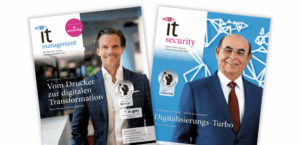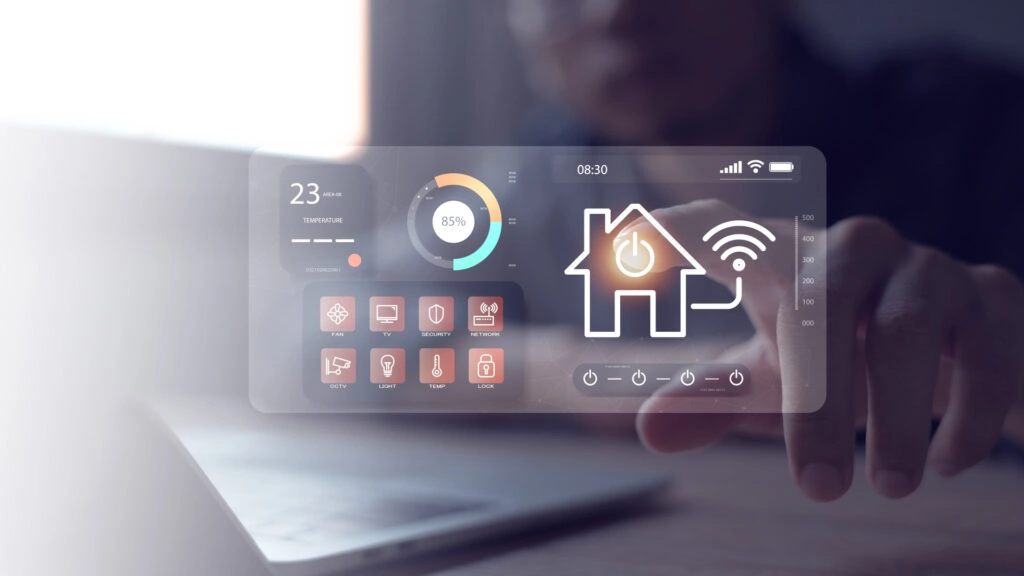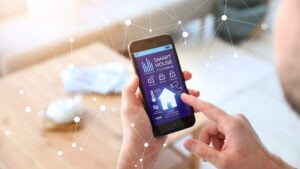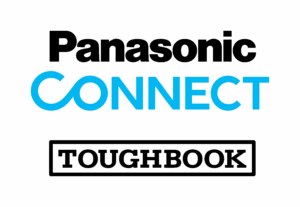Successful smart home implementations follow a proven three-phase approach that reconciles technical feasibility with personal needs and financial possibilities.
This structured approach minimizes excessive demands and maximizes learning success at every stage of development.
Phase 1
The first phase focuses on smart home basics and typically spans the first three months after deciding on a smart home. With a budget of 200 to 800 euros, you lay the foundations for all subsequent expansions. The focus is on smart lighting and basic voice control, as these areas offer the greatest immediate benefit with the least complexity.
Start with three to five smart light bulbs in the rooms you use most often and a voice assistant of your choice. This combination enables initial automation and gives you a feel for the possibilities of networked devices. Installation is simple enough that it can be done without an electrician, and the learning curve is gentle enough to avoid frustration.
Phase 2
The second phase of advanced automation develops over months four to twelve and adds crucial convenience and security functions to your system. The additional budget of 500 to 2000 euros enables the integration of ten to twenty devices that already create a coherent smart home experience. Smart thermostats revolutionize your energy management and create noticeable cost savings.
Security cameras and motion detectors give you peace of mind, even when you are not at home. In this phase, you develop more complex automation rules that link different devices together. The front door communicates with the lighting, weather forecasts influence the heating control, and your calendar determines when the house is prepared for your return.
Phase 3
The third phase takes you from the twelfth month to a fully integrated smart home with more than twenty networked devices. The additional investment of 1000 to 5000 euros enables AI-driven optimization and advanced scenarios that turn your home into a proactive partner in everyday life. Complex automations now link multiple systems together and take into account external factors such as weather forecasts, your work calendar and even biometric data from fitness trackers. Your home learns your habits and anticipates your needs without you having to actively intervene. The heating starts automatically before you leave work, the coffee machine prepares for your usual wake-up time and the security system adapts to your daily rhythm.
Market trends and future outlook
The smart home market is developing rapidly. Experts are forecasting several key trends for 2025 that will revolutionize the home:
- Matter standard: The new industry standard finally allows different manufacturers to work together seamlessly. Apple, Google, Amazon and Samsung have agreed on it – the end of compatibility problems is in sight.
- Edge computing: More and more processing is taking place directly in the device without sending data to the cloud. This increases both data protection and reaction speed.
- Health integration: Smart homes are becoming wellness centers that optimize air quality, the sleeping environment and even the stress levels of residents.
Concrete use cases: From everyday life to reality
- Automated morning routine
At 6:30 a.m., the coffee machine starts automatically, the bathroom light dims gently, the heating raises the temperature by 2 degrees and your favorite podcast starts playing – all without a single movement.
- Energy optimization in real time
Intelligent electricity meters detect consumption peaks and automatically postpone the start of energy-intensive appliances to cheaper times. The washing machine runs at night when electricity is cheapest.
- Security around the clock
Motion detectors, cameras and AI analysis recognize unusual activities. Real threats trigger immediate notifications, while false alarms are minimized by intelligent pattern recognition.
- Care and support
Smart homes offer discreet monitoring for older people or people with health restrictions: fall detection, medication reminders and automatic emergency contacts provide security for residents and relatives.
Cost analysis: What smart homes really cost
A realistic cost estimate helps to turn smart home dreams into concrete plans. The investment in a smart home often pays for itself faster than expected thanks to energy savings, increased security and improved living comfort.
The entry-level budget of 200 to 500 euros already enables noticeable smart home convenience. A starter set with three to five intelligent light bulbs transforms the lighting into a customizable ambience system. A voice assistant such as Amazon Echo or Google Nest Hub serves as a central control unit and makes operation intuitive. Two to three intelligent sockets add smart home functions to existing devices and enable remote control of lamps, coffee machines or fan heaters. This basic equipment leads to electricity cost savings of 50 to 80 euros in the first year thanks to optimized lighting and the automatic switching off of standby devices.
The mid-range equipment with an investment of 800 to 2000 euros creates a comprehensive smart home experience with measurable benefits. Complete lighting control in all rooms automatically adjusts brightness and color temperature according to time of day and activity. Intelligent heating control with programmable thermostats optimizes the room temperature according to your habits and can reduce heating costs by 15 to 25 percent.
A basic security system with motion detectors, door and window contacts and a surveillance camera provides security and can even reduce insurance premiums. A smart home hub connects all devices and enables more complex automation. This equipment leads to annual savings of 150 to 300 euros in energy costs, with the added convenience and increased security representing additional benefits that are difficult to quantify.
Premium installations between 3000 and 8000 euros transform your home into a fully automated, learning system. Fully automated climate control adjusts the temperature, humidity and air quality in each room individually and can achieve energy savings of up to 30 percent. A comprehensive security system with multiple cameras, glass breakage sensors, smoke detectors and automatic locks offers professional-level protection.
Intelligent household appliances such as washing machines, dishwashers and refrigerators optimize their energy consumption and report maintenance requirements in good time. Advanced sensors for air quality, humidity and brightness enable precise adjustments to the living environment. This investment leads to annual savings of 400 to 800 euros, with the payback period accelerated by the enormous increase in comfort and the value of the property.
Outlook for the future: The smart home of tomorrow
The trend is clearly moving in the direction of even more intelligent, predictive systems. By 2027, smart homes will anticipate your needs before you even notice them. The combination of local AI, improved sensor technology and seamless integration will turn the home into a proactive partner in everyday life.
For consumers, this means The ideal time to get started is now. The technology is mature, the prices are attractive and the benefits clearly outweigh the initial challenges. Your smart home is waiting to improve your everyday life. The smart home is no longer a dream of the future – it’s the present.
















